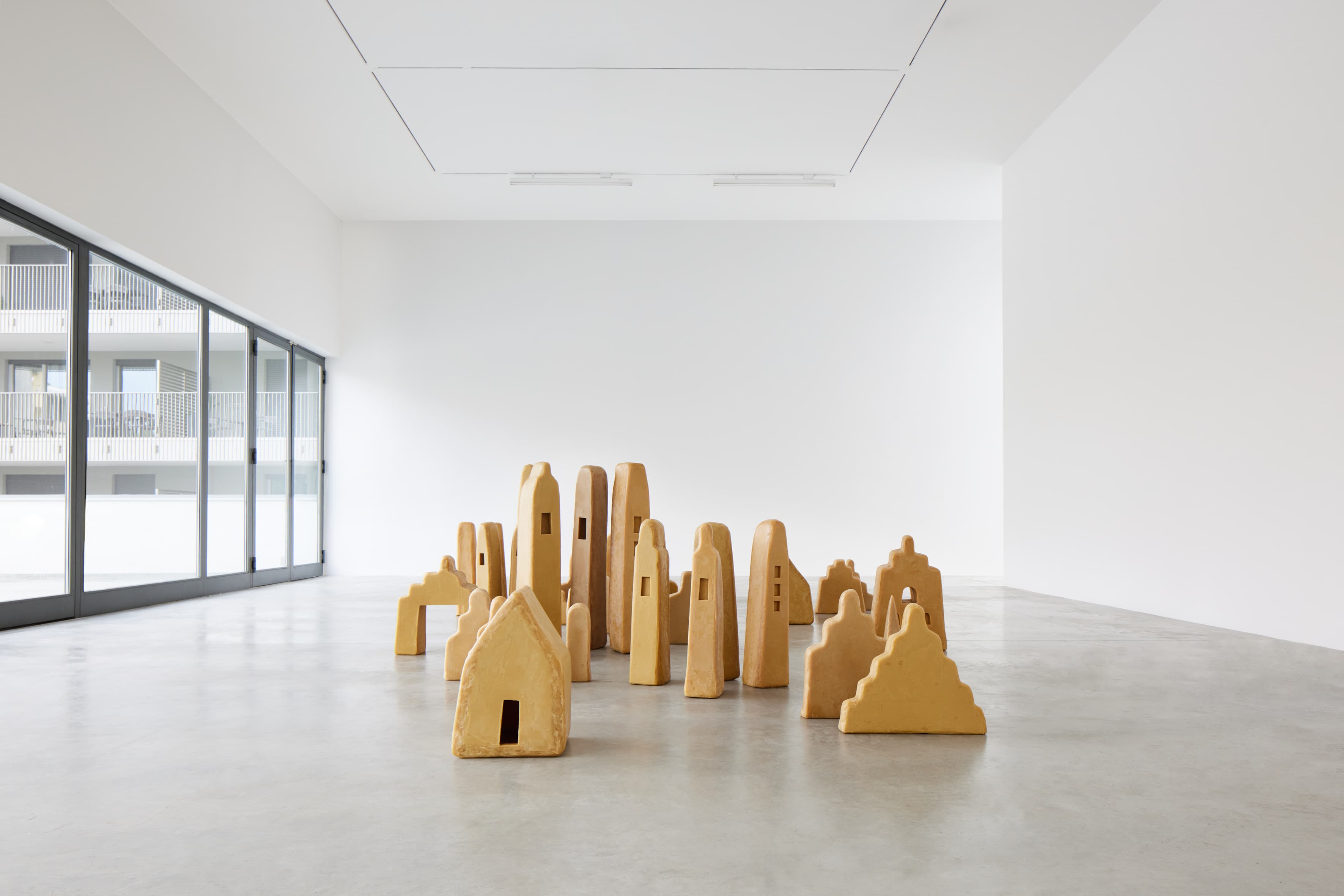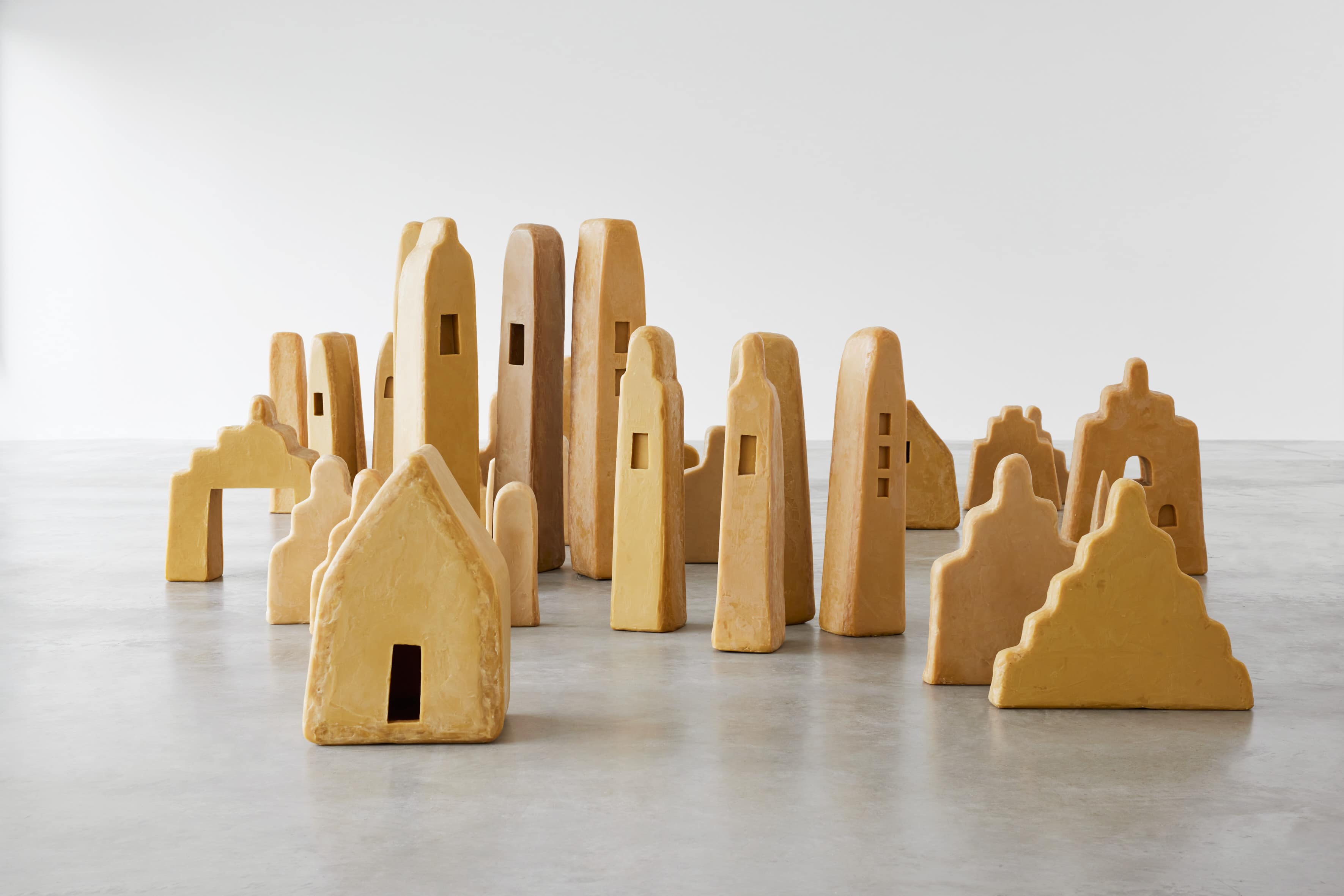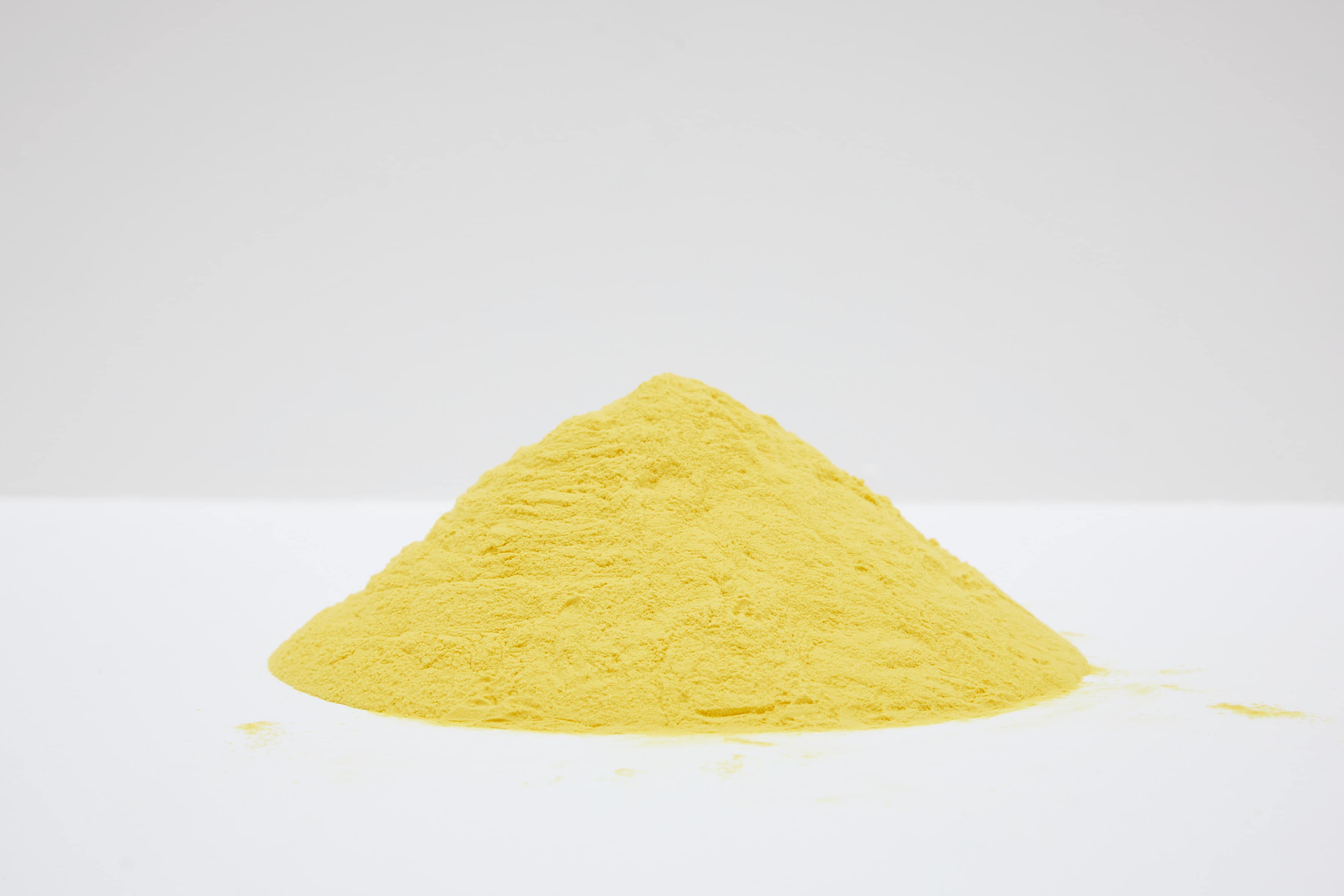The Lia Rumma Gallery is pleased to announce the opening on Wednesday 25 October 2023 in its Milan gallery of “...e vidi cose che ridire né sa né può…”, the first solo exhibition by the German artist Wolfgang Laib. The title is taken from a phrase in the second terzina of the first canto of Dante’s Paradiso which reads as follows in the complete version:
Within that heaven which most his light receives
Was I, and things beheld which to repeat
Nor knows, nor can, who from above descends
The poetry of the Divine Comedy provides the starting point for Wolfgang Laib to embark, like a latter-day Dante, on an equally upward and spiritual journey, through various forms of “mental architectures of light”. These immaterial compositions are the result of Laib’s unceasing quest to get a glimpse of the universal and eternity in various cultures and traditions of the world, in the form of identical or similar thoughts and ideas that have appeared in different places and eras. Laib does this by making use of natural materials because, as the artist himself recounts, “What I like about pollen, milk and beeswax is that they can become spiritual entities”.
Wolfgang Laib’s mystic journey unfolds on the three floors of the gallery. At the entrance, on the ground floor, visitors encounter Zikkurat (2000), a large ziggurat 4 metres high, completely covered in slabs of wax, which, with its steps, from the bottom indicates the direction towards the lofty heights and the spiritual realm, from the material world to the transcendental world. The form of the ziggurat appeared for the first time in his work in 1995 and draws on the ancient religious structures of Mesopotamia, which he visited during his extensive travels in the Middle East.
Moving up to the first floor of the gallery, the artist has positioned City of Silence (2015-2023), an installation consisting of 34 sculptures in beeswax that evoke urban landscapes and architectural motifs - towers, houses and ziggurats – recurrent features of Laib’s visual narrative which are also inspired both by the architecture of medieval Italy and the towers of silence used in the rites of Zoroastrian excarnation in ancient Persia. It is as if the artist were handing us a sort of utopian, ideal city that belongs to everyone and no one.
The second floor is devoted to the patriarch of Japanese Buddhism, Kōbō Daishi: “a Japanese monk,” explains Laib, “who lived from AD 774 to AD 835. His tomb in Koyasan is one of my favourite places in Japan, situated at the end of a cemetery in a cedar forest. Behind the temple, there is a small wooden structure with two closed doors. Many pilgrims go there every day in the belief that the monk sits in a state of eternal meditation behind the doors”. Wolfgang Laib has done a drawing directly on the walls of the gallery which depicts the tomb of Kōbō Daishi, with two closed yellow doors at the centre, surrounded by white waves which give substance and form to the life force, almost a sound that emanates from this sacred site. On the opposite wall, Pollen from Hazelnut (2023), a small mountain of pollen, another element of spiritual energy, resting on a white pedestal, acts as a counter-attraction to the drawing of the temple, going beyond the concept of physical death.






